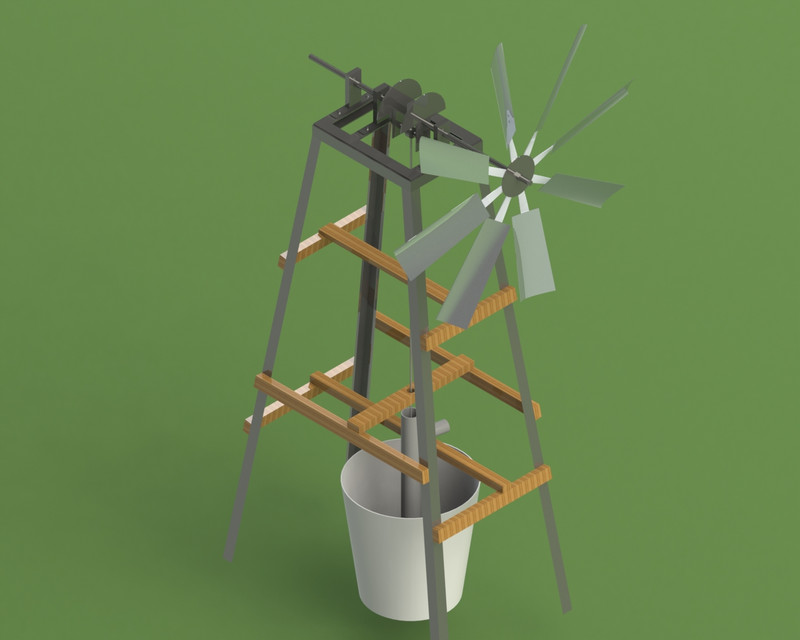The prospect of PBL development across faculties would be one of the most exciting developments at BDC in the year for me as an educator being personally involved in the process. The projects that students engaged in were great to see and made me really wonder in awe about the creativity our students possess. Many educational researchers say that the system takes learners creativity away as they are herded through the syllabuses, but I have witnessed that it is definitely there and the enthusiasm students have for doing projects is something to behold.
Our projects across faculties involving Science, Maths, TAS, HSIE and commercial studies (not all in each project, but different subjects depending on the project) were:
- Year 7 - Design and build a catapult to project supplies from an exploding volcano. The students needed to use graphing methods to predict how far the catapult would shoot based on how far it was pulled back and then on competition day they only had limited attempts to get as many supply pods as possible to the neighbouring island.
- Year 8 - The students did their project in the last week and a half of the year. They were studying Japanese history and the buildings were a part of this. Science and Maths built into the project the study of architecture and design of the structures. They had limited supplies to construct their castle.
- Year 9 - Their task was to come up with a solution the marine crisis of crayweed depletion along the coast from Sydney to northern NSW. A marine biologist from Coffs Harbour's National Marine Science Centre was involved in a shark tank style presentation of the students solutions on how to regenerate the ocean floors with crayweed.
- Year 10 - Our senior students were tasked with another real world problem. Imagine you own a property in western rural NSW with bore water and windy conditions. Design an efficient wind turbine method to draw the water from the bore. Some of the designs were incredible and even though there were failures on the competition day, students learnt a lot through the process and were not marked on the final outcome, but the learning that occurred along their journey. It was a two week project that was disruptive learning, engaging and deep.
It is important to understand what project and problem based learning are about and what they involve. It is not just doing a project as part of the assessment because most subjects could say they do that all the time, it isn't the case. Connecting all of their learning across subjects is really powerful, relating it to real world issues, solving problems for the present and future, investigating problems from the past to understand the future, all of these aspects. The problem needs to be challenging, with a low entry (floor) and high ceiling for learning to involve all students. It requires effective group work, a skill essential for students once they leave our care. As a summary, not all are required for every task, but a healthy selection are vital for success:
- Challenging
- Teamwork and communication
- Real-world problems
- Lots of question asking and investigation
- Choice and student direction
- Share with the world (this can be a difficult aspect to achieve)
- Reflecting on the task (and effectiveness of team members)
Out four pillars of learning at BDC are resourcefulness, resilience, reflective practice and collaboration. You can see clearly that these projects are learning that foster each of these in spades. The best part? As an educator it is so fun to watch them think, design, construct, fail, and try again!





No comments:
Post a Comment